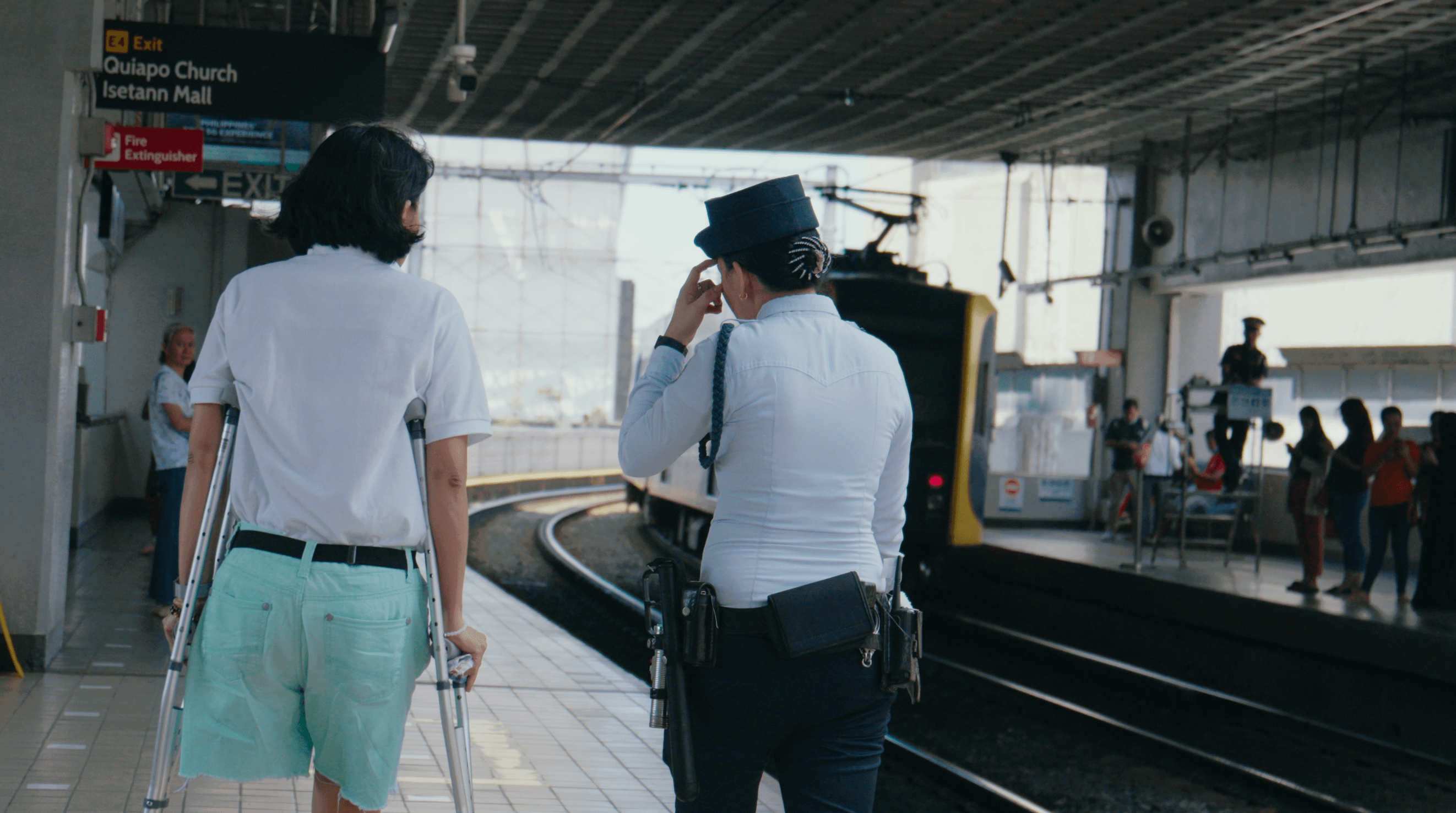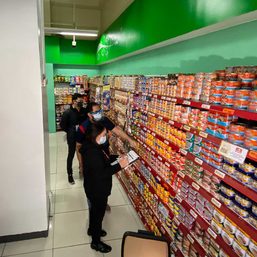SUMMARY
This is AI generated summarization, which may have errors. For context, always refer to the full article.

MANILA, Philippines – Citing Rappler’s in-depth report on the accessibility of Metro Manila’s trains, lawmakers have now put a spotlight on the plight of persons with disabilities (PWD) who are forced to commute using the outdated rail system.
During both the Senate and House hearings on the proposed 2024 budget of the Department of Transportation (DOTr), transportation officials faced questions about the state of inclusive mobility around the country.
“Sa ating mga station ng tren, ng mga MRT (Metro Rail Transit), inclusive mobility: meron pong pag-aaral na 80% ng ating mga train stations, ng mga MRT, LRT (Light Rail Transit) ay hindi accessible sa persons with disability,” Senator Loren Legarda said on Tuesday, September 12, referring to Rappler’s report.
(Our train stations, the MRT, when it comes to inclusive mobility: a study showed that 80% of our train stations – the MRT and LRT – are not accessible to persons with disabilities.)
In response, Transportation Undersecretary for Railways Cesar Chavez said the government has made it a “priority” to fix the elevators in existing railway projects and to address “simple matters,” like ensuring that toilets for PWDs are functional.
Currently, Chavez said that 98% of elevators in the MRT3 were functional, while about 95% of those in the LRT1 were also working. Still, the LRT1, LRT2, and MRT3 all lacked other facilities to cater to PWDs, like tactile buttons, braille, or text-to-speech options for ticket vending machines.
“This is actually understandable because LRT Line 1 was constructed from 1981 to 1983, became operational in 1984 September 7. Hindi pa po masyadong sensitive ang mga planners at that time para sa mga differently-abled person (Planners weren’t sensitive to the needs of differently-abled persons at that time),” Chavez said.
The transportation official gave assurances that these issues would be addressed in the government’s upcoming big-ticket projects, like the Metro Manila Subway and the North-South Commuter Railway. These will feature accessible ramps, handrails, grab bars, tactile floor surfaces, automatic gates for wheelchairs, and PWD-friendly signages.
“On the design side for Metro Manila Subway and North-South Commuter Railway Projects, these observations made by Rappler – and we thank them for bringing this matter out – we have already addressed them,” he said.
Transportation Secretary Jaime Bautista also said that the Ninoy Aquino International Airport – the country’s main international gateway that is just recently undergoing a massive overhaul – will also be upgraded with PWD accessibility in mind.
“Part of the program for the modernization of the Manila International Airport is to also improve the accessibility of people with disabilities, seniors, and passengers who would need all these structures of the airport,” Bautista said during the Senate hearing.
Bautista also added that the EDSA Busway, which could possibly be privatized soon, will also have elevators, escalators, and ramps in its station.
The bus projects in Davao and Cebu will also be required to be accessible for PWDs going in and out of stations and buses, according to the DOTr. (READ: Transport budget in 2024 doubles to P214 billion. Here’s where it’s going.)
Meanwhile, as part of the government’s controversial public utility vehicle (PUV) modernization program, minibuses and other Class 4 PUVs will be required to have ramps, stepboards, wheelchair provisions, handrails, handholds, stop request signals, and visual announcement systems.
The DOTr is also currently conducting a “line-by-line review” of the implementing rules and regulations of the Batas Pambansa Bilang 344 or the Accessibility Law, which has been untouched since 1994.
The department said it has already conducted five stakeholder consultation meetings, including some with the National Council for Disability Affairs and the United Architects Union of the Philippines. It aims to finalize the updated IRR by the fourth quarter of 2023, which will cover future projects.
During the House hearing on the the proposed DOTr budget on September 4, Bagong Henerasyon Representative Bernadette Herrera also questioned the agency on the state of inclusive mobility, especially in Metro Manila’s train stations.
“We would like to humbly acknowledge that the report of Rappler is correct,” Undersecretary Chavez responded. “But in the new projects, North-South Commuter [Railway] project, pati sa [Metro Manila] Subway, embedded na po ‘yung mga reforms na dapat gawin (even in the Metro Manila Subway, the necessary reforms have already been embedded).”
While the transportation department has committed to incorporate the much-needed accessibility reforms in new and future projects, PWDs may still need to grapple with the country’s other outdated transit infrastructure. (READ: Want accessible, humane public transportation? Here’s what you can do.)
Add a comment
How does this make you feel?



![[Under 3 Minutes] When will we see modern jeepneys on the road?](https://www.rappler.com/tachyon/2024/04/francisco-motors-modern-jeepney-prototype-1.jpg?resize=257%2C257&crop=590px%2C0px%2C1012px%2C1012px)









There are no comments yet. Add your comment to start the conversation.